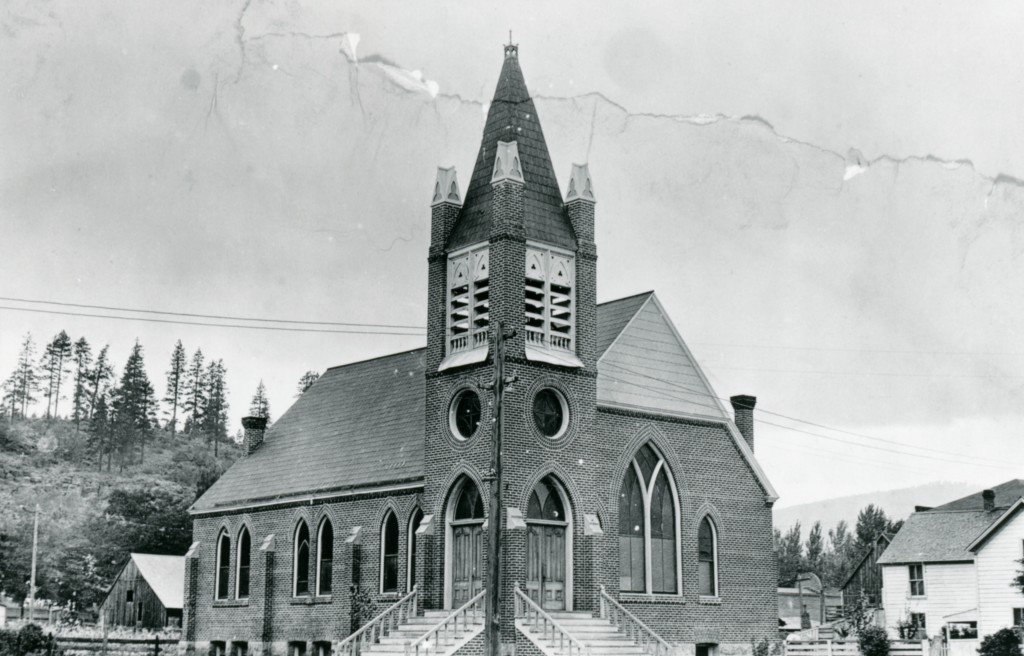
In January 1908, the Rev. N.M. Parsons of the Susanville Methodist Church began the first official prohibition movement in the town. The issue had informally been discussed since the early 1880s when there was a local chapter of the Women’s ChristianTemperance Union. Parson began his campaign by focusing on the social ills caused by alcohol. He circulated petitions to have the issue placed on the next municipal election ballot, scheduled for April 11, 1908. The City Trustees accepted Parsons’ petitions and placed the matter before the voters. There was one stipulation: it would be an advisory measure as to whether saloons should be banned.
It was a widely debated topic. The 1908 budget for the town was $3,498. There were two main revenue sources. One was the property tax assessment and it generated $1,815. The other was the liquor licenses which provided $1,424 to the town’s treasury. The town was operating on very lean times, with no spare funds for civic improvements.
Once thse figures were revealed, Parsons’ ballot measure was doomed. After all, if the City lost the money generated from liquor licenses, the only alternative to make up for the loss would be to increase property taxes. That appeared to be the voter’s consensus. The issue generated the highest voter turnout to date with 157 votes cast. The results: 110 votes to remain “wet” and 47 “dry.”
Donate